Lost churches of Durban
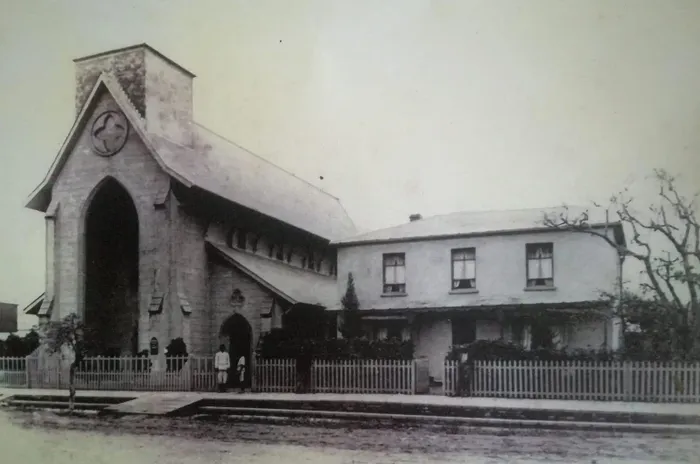
St Cyprian's before improvements were made to its facade, circa 1890s.
Image: Supplied
There is something especially sad when a place of worship is abandoned, damaged by a natural disaster or demolished. In Durban there have been a surprising number of churches which have been demolished, too many to include in a single article.
The reason behind their demolition vary. Churches are built within the communities they serve, but if the community moves away, the church becomes redundant and is either demolished or converted for commercial use, as has occurred to many old Durban churches.
Conversely, where the community grows, the original church becomes inadequate and is replaced by a much larger, often more imposing new one. Fortunately, some of those little churches are converted into the church hall.
Others meet their end because the value of the land for residential or commercial development results in monetary offers too tempting to turn down. Others have been torn down to enable new roads, railway lines or infrastructure development.
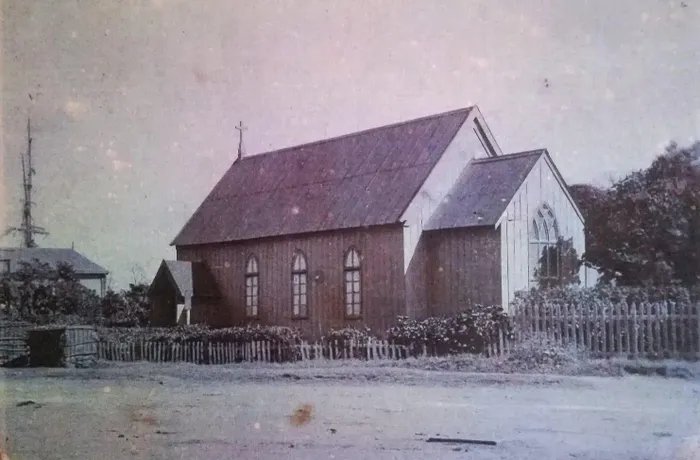
The simple wood and iron Christ's Church in Bell Street, circa 1880s.
Image: Supplied
In the Point Road area, one of the first churches to be erected was the old Christ’s Church in Bell Street in 1860 which had an unusual iron wall cladding and cost £400 to build. It was demolished in about 1902 to make for railway development. Its replacement was the Gothic Revival church at 396 Point Road, which cost £5000 and still stands. Much larger than the original one, its size also reflected how significant the residential population was in 1902.

A young girl clambers outside the Point church awaiting its end, 1941.
Image: Supplied
Nearby, was a church which is something of a mystery. A set of photographs was taken in 1941 of a long- abandoned church “off Point Road before demolition”. No other details are given. One possible candidate is the Swedish Zulu Mission which was in Palmer Street near where Brickhill becomes Point Road.
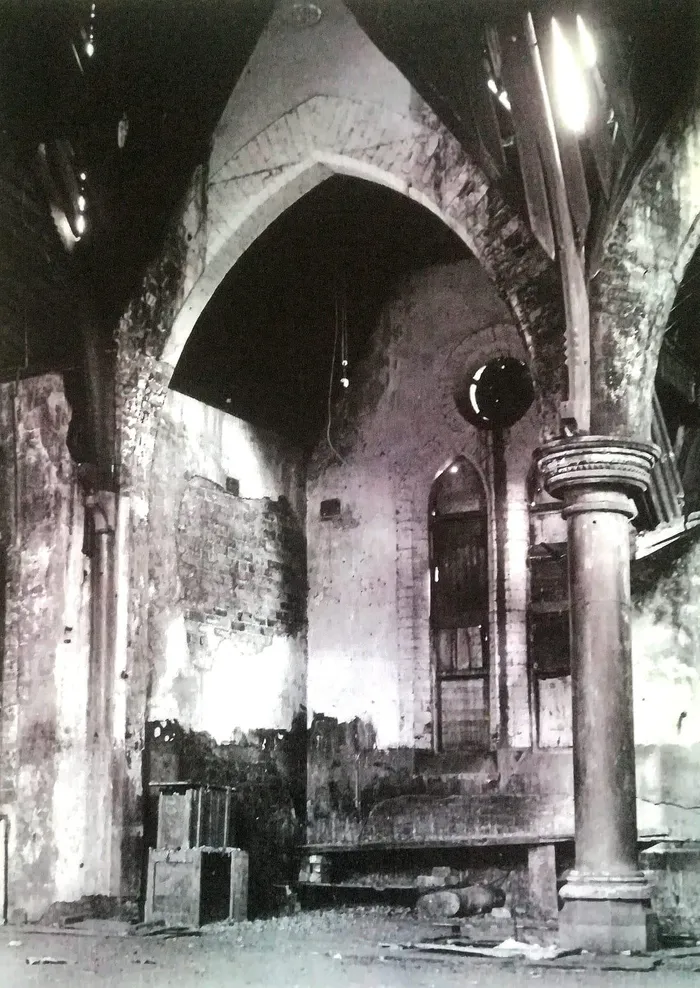
The crumbling interior of the church off Point Road prior to its demolition, 1941.
Image: Supplied
Not far away, was the Scandinavian Lutheran Church in Winder Street. Consecrated in 1892, it was the only Lutheran Church in Durban. Despite it’s name, it was built and used almost only by Norwegians and Scandinavian sailors visiting the port. In 1967 Hallen and Dibb designed a new Lutheran Church, St Olavs, in St Thomas Road. The only reminder of the original church is a small lane known as Norge where the Winder Street church spire was once a landmark.
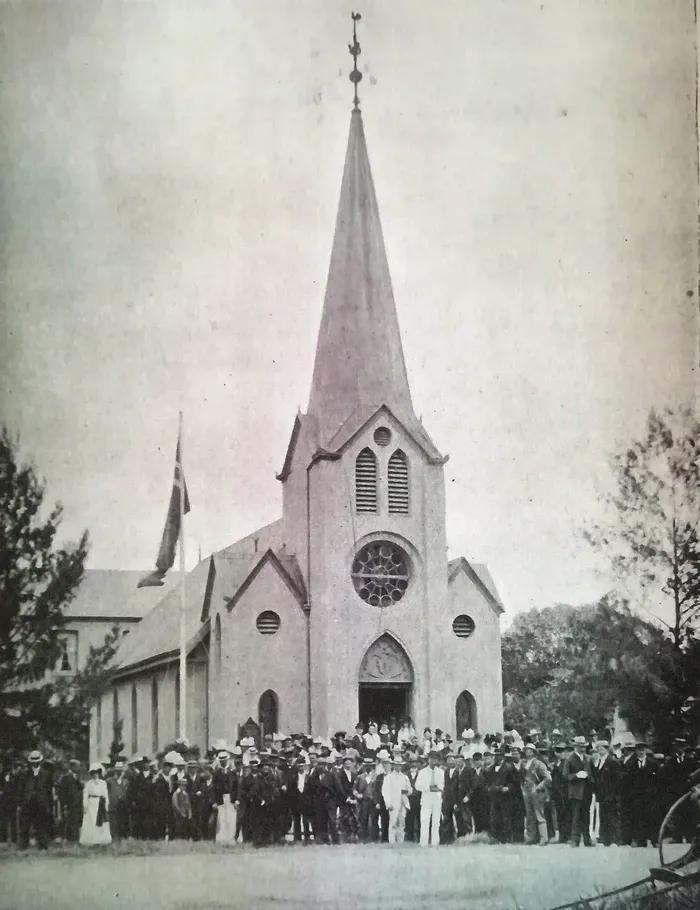
The Scandinavian Lutheran church in its bucolic setting in Winder Street, 1905.
Image: Supplied
Another organisation which served the wider community was the Salvation Army. With a well-established presence in First Avenue, it later built its Citadel at 50 Albany Grove, next door to where the Albany Hotel now stands. Also on this site were its officers’ quarters. During World War 2, it provided a service canteen for soldiers. Like other central properties in Durban, its commercial value rose and it was bought for development purposes.
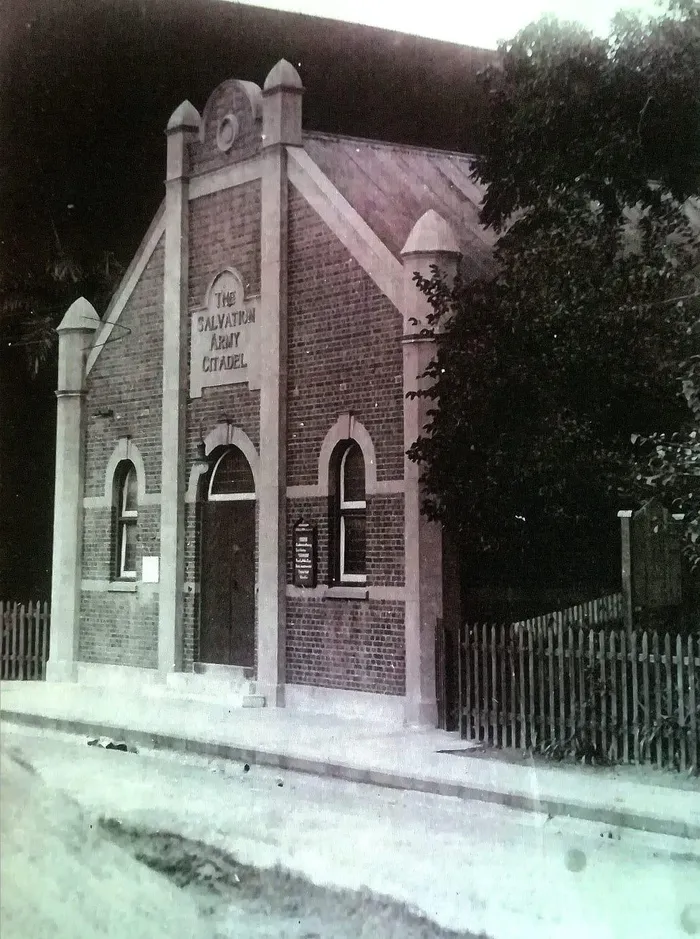
The Salvation Army Citadel in Albany Grove in 1932.
Image: Supplied
In Smith and West Streets, two imposing churches met the wrecking ball. St Cyprian’s, in Smith Street, was built in 1879 replacing a much smaller one in Commercial Road. Although its architecture was not universally admired, its well proportioned interior more than made up for its facade, part of which was later improved upon. In 1940, St Cyprian’s relocated to Umbilo Road where again its interiors were more admired by some than its modern facade. This, the third St Cyprian’s, still survives 85 years later, unlike its two predecessors.
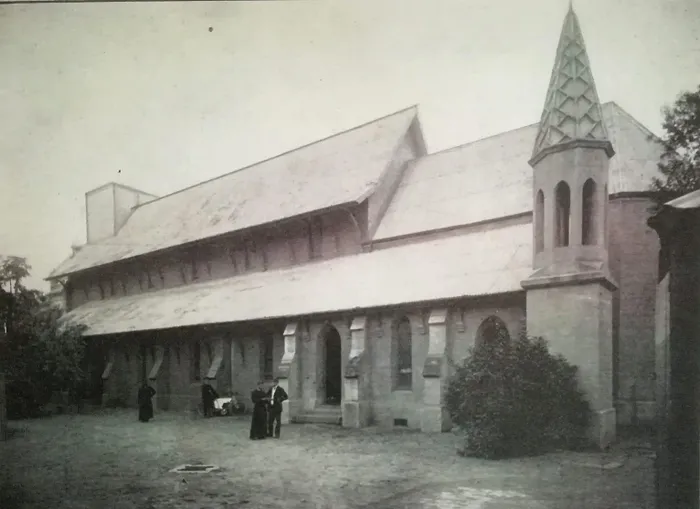
St Cyprian's in Smith Street in 1904.
Image: Supplied
Meanwhile in West Street, the Wesleyan Methodists had just consecrated church number four on 13th January 1878. The foundation stone had been laid by Mrs Benjamin Greenacre. Seating 650, the cost of the grand Gothic edifice took 10 years to pay off : it would have taken longer but for the generous donors, one of whom sponsored the organ. In 1968, the trustees received a handsome offer for the property which they accepted.

The Wesleyan Methodist Church in West Street, 1905.
Image: Supplied
The site chosen for their new church, the corner of Smith and Aliwal Streets, was where their very first wattle and daub structure had been built in 1842. Barend Van Niekerk described the new Central Methodist Church as a “rather unlovely structure”, noting that the reason behind the demolition of the old West Street church in 1969 was financial. “Who would have been surprised?”.
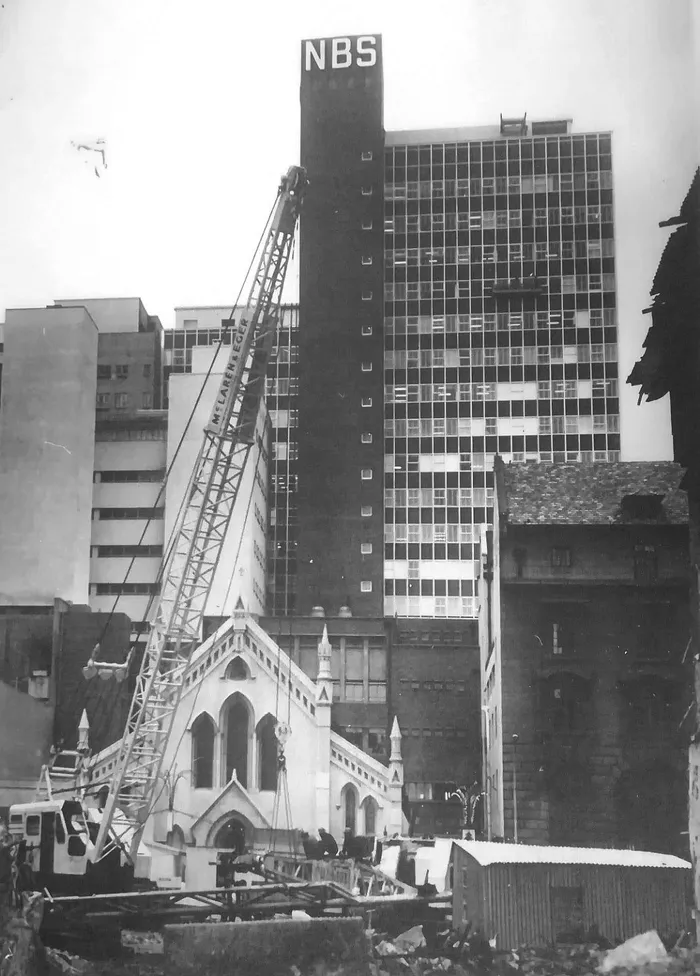
Wesleyan Methodist Church photographed from the Castle Arcade which was in the process of being demolished, 1969. The church followed soon after.
Image: Supplied
And finally, a glimpse of the Church of St John the Evangelist in Sydenham which met the wrecking ball in 1961 to make way for a new church.

A rural setting of St John the Evangelical church in Sydenham before its demolition in 1961.
Image: Supplied
So many others have been lost. If readers are interested, a further article could follow as well as a look at those churches which have survived but have been repurposed for a new role.
Email your views to tribunenews@inl.co.za
